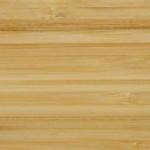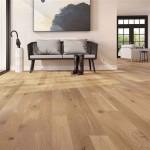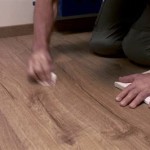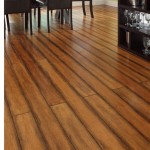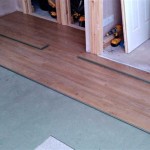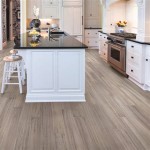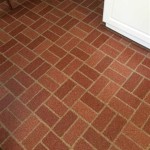Essential Aspects of Home Gym Rubber Flooring
When setting up a home gym, rubber flooring is a crucial consideration that impacts both your workouts and the longevity of your equipment. Here are some essential aspects to consider when choosing and installing rubber flooring for your home gym:
Types of Rubber Flooring
There are three main types of rubber flooring:
- Rolls: These large sheets of rubber are typically installed wall-to-wall, providing a seamless and durable surface.
- Tiles: Available in various sizes and thicknesses, tiles are interlocking and easy to install yourself. They offer versatility and can be replaced individually if damaged.
- Matts: Portable and lightweight, matts are ideal for smaller areas or temporary setups. They can be easily rolled up for storage or transportation.
Thickness and Density
The thickness and density of rubber flooring determine its impact absorption and durability. Thicker and denser flooring provides better cushioning for high-impact exercises but may be more expensive.
For home gyms with moderate to high-intensity workouts, a thickness of 3/8" to 1/2" (9.5 mm to 12.7 mm) with a density of 70 to 80 pounds per cubic foot (ppcf) is recommended. This provides a balance of impact absorption and durability.
Surface Texture
The surface texture of rubber flooring affects traction and safety. Smooth surfaces are suitable for cardio exercises and require less maintenance, while textured surfaces provide better grip for weightlifting and other exercises.
Consider your specific needs and choose a surface texture that offers both traction and comfort.
Installation
Professional installation is recommended for rolled rubber flooring to ensure proper seam sealing and longevity. Tiles and matts can be installed yourself using adhesives or interlocking systems.
Regardless of the type of flooring, ensure the subfloor is level, clean, and dry before installation. Use appropriate adhesives or interlocking mechanisms to secure the flooring firmly.
Maintenance and Cleaning
Regular maintenance is essential to extend the life of rubber flooring. Sweep or vacuum regularly to remove dust and debris. Mop with a mild detergent and water solution to clean spills or stains.
Avoid using abrasive cleaners or harsh chemicals, as they can damage the flooring. Protect the flooring from direct sunlight to prevent fading and discoloration.
Benefits of Rubber Flooring
Rubber flooring offers numerous benefits for home gyms:
- Impact Absorption: Protects floors from damage and provides cushioning for workouts.
- Noise Reduction: Absorbs impact noise and vibrations.
- Durability: Resists wear and tear from heavy equipment and high-impact exercises.
- Anti-Slip: Prevents slips and falls, ensuring safety during workouts.
- Easy Maintenance: Cleans easily with regular sweeping and mopping.

Home Gym Flooring Rubber Floor Tiles Roll For Gyms

Affordable And Durable 6mm Rubber Gym Flooring Tiles For High Energy Workouts

What Are The 3 Best Rubber Mat S For Home Gyms

20mm Sprung Rubber Heavy Duty Gym Tiles Flooring

What S The Best Flooring For A Home Gym America

Powerstock Home Gym Floor Mats Abacus Surfaces

Premium Recycled Rubber Interlock Tile Floors Diy

Home Gym Flooring For Your Budget Inc

How Thick Should Your Home Gym Rubber Flooring Be Word Of Mouth Floors

6 Of The Best Home Gym Flooring Surfaces To Workout On Sprung
Related Posts

